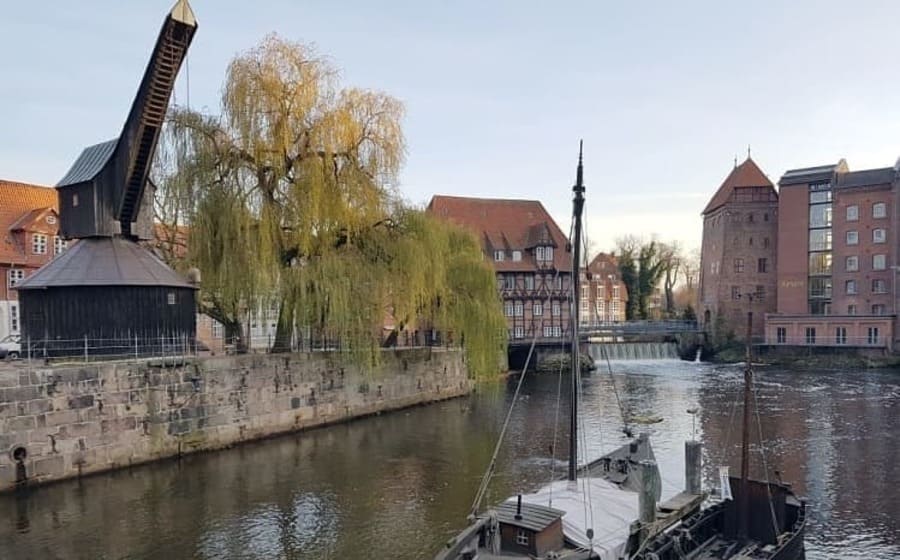Five Treadwheel Medieval Cranes in Germany Today
The History of Medieval Treadwheel Cranes in Germany: The treadwheel cranes were used by architects and engineers from the times of the Romans. Probably some stopped being used only at the beginning of the 20th century. This is a detail of those that still exist. Some are original and have a thousand years of antiquity. A few others were rebuilt. These are the five medieval treadmill cranes existing today in Germany. All are worth knowing and if possible visit them.
Medieval Crane in the Port of Luneburg – Germany
The The History of the crane in the old port of Ilmenau in Lüneburg (4) was mentioned for the first time in documents in 1330. Considered in its time one of the most efficient cranes in northern Germany, it is 15 meters high and could hoist 9 tons.

The Medieval Treadwheel Crane was used mainly for the transport of salt and salting herring from department stores. Also firewood and merchandise. The crane was used until 1860 and the current state is operable but not used.

